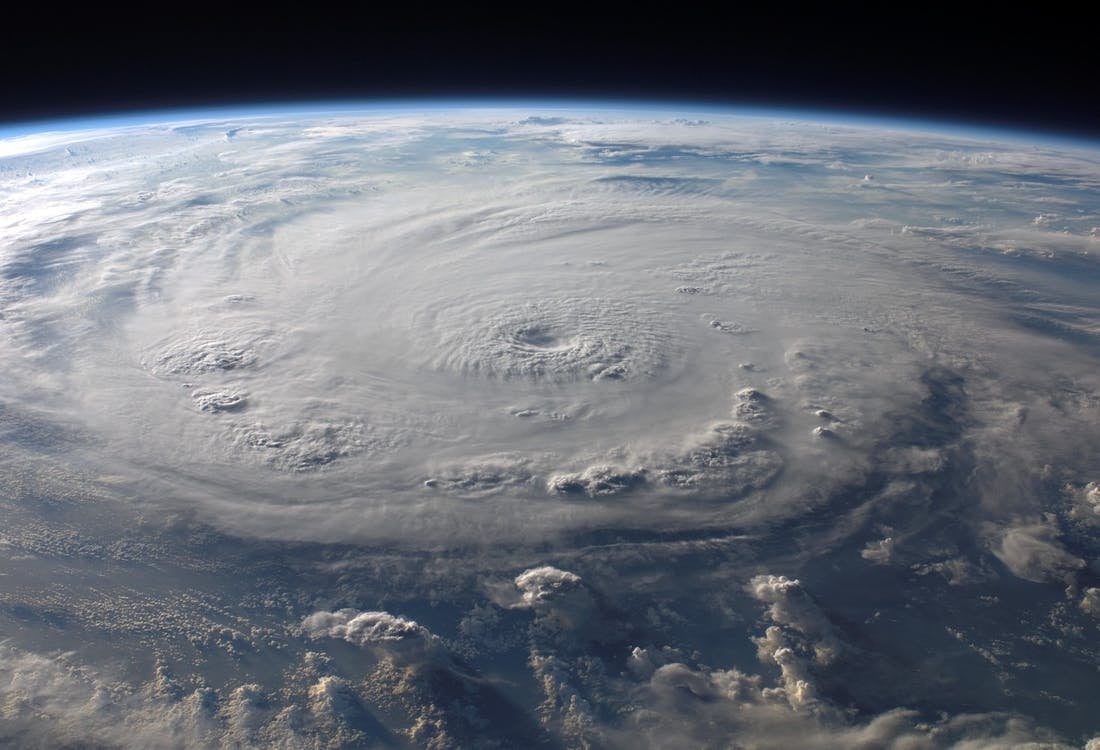Earth is our home. Humans depend on certain finite resources while our consumption may outstrip the restoration of the resources. Recent consumption has produced such issues that scientific communities and publications have raised concern over some of Earth’s finite natural resources, such as the availability of clean water, fertile land, fossil fuels, and natural gas. With an estimated global carrying capacity of about 11 billion people, our globe is rapidly reaching its max. In the next twenty years, Africa will have more people than either China or India and by the end of the century, Africa is projected to have more people than both combined. With this in mind, Africa is on track to triple its present population to 3.6 billion by 2100. Many scientists and politicians have placed an emphasis on global population regulation as the answer to our impending problem, especially in places like Africa where population growth is high. But this viewpoint fails to recognize the reason rapid population growth is an issue: the limited resources available on Earth to sustain humans.
A 2009 study of the relationship between population growth and global warming determined that the carbon footprint of just one child can produce 20 times more greenhouse gas emissions than a person will save by driving a high-mileage car, recycling, using energy-efficient appliances, and light bulbs, etc. Although this may seem like a high number, the size of the “carbon legacy” is largely related to consumption patterns. Under current conditions, a child born in the United States will be responsible for almost seven times the carbon emissions of a child born in China and 168 times the impact of a child born in Bangladesh.
To measure humanity’s collective mark on the planet, scientists use the “IPAT” equation: Impact = Population x Affluence x Technology. We’ve been primarily focusing on the “population” part of this equation, but we cannot neglect the other two-thirds of this formula. Since the start of the millennium, global resource use has been primarily driven by increases in affluence, not the population, according to U.N. reports. This is especially evident in more highly developed nations which account for 78% of material consumption, despite having slower population growth rates than that of the less developed countries and the rest of the world. There’s also the disproportionate impact of corporations to consider. It is suggested that just 20 fossil fuel companies have contributed to one-third of all modern CO₂ emissions.
The “technology” part of the IPAT equation is also to blame for our current crisis. The world has progressively been using more resources to make less products, which is largely attributed to the greater reliance on globalization that has moved production to places where energy systems and machinery are less efficient environmentally in order to make more profit. Data suggests that addressing the affluence and technology aspects of the IPAT equation is necessary for stabilizing the climate.
Blaming human population growth— often in poorer regions— risks fueling a racist backlash and displaces blame from the powerful industries that continue to pollute the atmosphere.
“In this ideology of ‘too many people, it’s always certain people who are ‘too many,” researcher Betsy Hartman said. “It just shifts the discourse away from the real problem of who has power and how the economy is organized.”
Want to keep up with HCBU? Make sure to like us on Facebook, follow us on Instagram, check out our Pinterest board, and read our latest Tweets!




